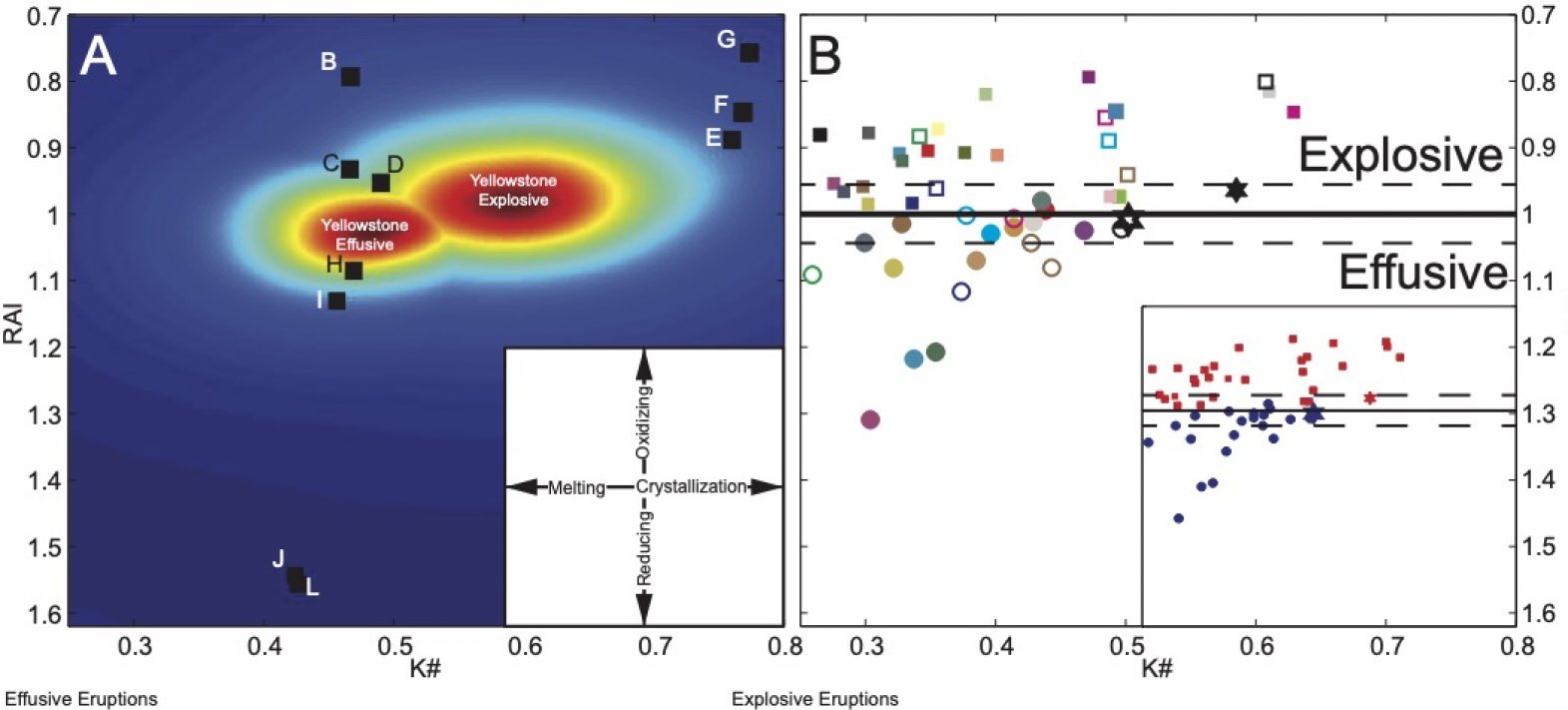A subtle chemical tipping point governs the eruption style of rhyolitic magmas
A team of researchers from the Institut de Physique du Globe de Paris and the University of Munich have just revealed in Nature that nanoscale changes in magma can cause catastrophic changes in the dynamics of volcanic eruptions, which can alternate between effusive and explosive eruptions.

Publication date: 08/01/2018
Press, Research
Related teams :
Geomaterials
Related themes : Natural Hazards








